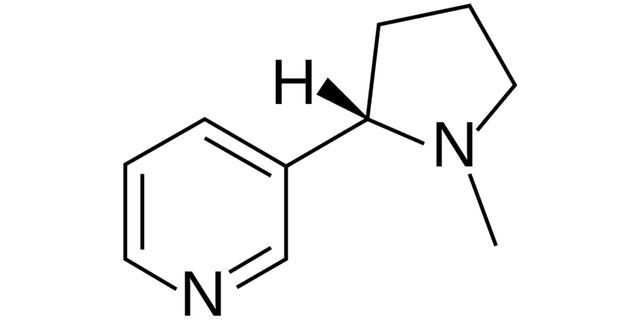What the Latest Nicotine Ingestion Study Actually Shows
- Lindsey Stroud

- Jul 15, 2025
- 2 min read
Updated: Aug 10, 2025

A recent study published by the American Academy of Pediatrics is gaining traction – yet the media and some public health groups are focusing on one key detail while ignoring the broader data. This is yet another example of well-meaning public health entities continuing to demonize nicotine and tobacco harm reduction.
The study examined nicotine ingestions among U.S. children aged 6 years and younger, as reported to the National Poison Data System between 2010 and 2023. Researchers found approximately 134,663 reported ingestions by children under six, with 76.2 percent involving children under age two, and 98.5 percent occurring in a residence.
Interestingly, nicotine ingestions rose by 59.4 percent from 2010 to 2015, but then declined by 34.1 percent between 2015 and 2023. It’s important to note that only 39 of the more than 130,000 cases resulted in “major effects.”
Researchers broke down ingestions by product type and found:
33,604 (25.7 percent) were attributed to tablets, capsules, and/or caplets (including FDA-approved nicotine replacement therapy)
8,363 (6.4 percent) were from gum and/or lozenges
33,186 (25.4 percent) involved vaping e-liquid
1,886 (1.4 percent) were from nicotine pouches
42,212 (32.3 percent) were classified as “Other” – mainly combustible cigarettes
The researchers also found that more “than one-half of nicotine ingestions involved cigarettes,” with 53.1 percent of ingestions caused by accidental exposure.
Nicotine pouches were not documented in poison control data until 2020. Between 2020 and 2023, reports of pouch-related ingestions rose by 763.1 percent – a steep increase that reflects the introduction of a new product. Focusing solely on this rise is misleading and distorts the data: of the 39 major-effect cases, only one (2.5 percent) involved nicotine pouches, compared to 20 (51.3 percent) from e-liquid exposure.
This latest study is another instance of certain public health groups selectively amplifying statistics to vilify nicotine and tobacco harm reduction.
Though relatively new, nicotine pouches show promise in reducing combustible cigarette use. The U.S. Food and Drug Administration recently authorized 20 nicotine pouch products – in flavors like cinnamon, citrus, and spearmint – determining they are appropriate for the protection of public health. FDA found them less harmful than combustible cigarettes and beneficial in helping smokers quit.
Other countries, such as Sweden, offer strong evidence for this approach. Despite high rates of tobacco use primarily via oral nicotine products like snus – Sweden has among the lowest smoking-related cancer rates globally.
In the U.S., nicotine product sales have surged and may be contributing to the significant decline in smoking rates.
Policymakers should remain cautious. As with previous studies from well-intentioned experts, this latest study shows how selective reporting can mislead. It is reasonable to introduce policies to reduce unintentional nicotine exposure, but not at the expense of the 30 million U.S. adults – and 1 billion people worldwide – who still smoke.
Nothing in this analysis is intended to influence the passage of legislation, and it does not necessarily represent the views of Tobacco Harm Reduction 101.

-Picsart-BackgroundRemover.png)



Comments